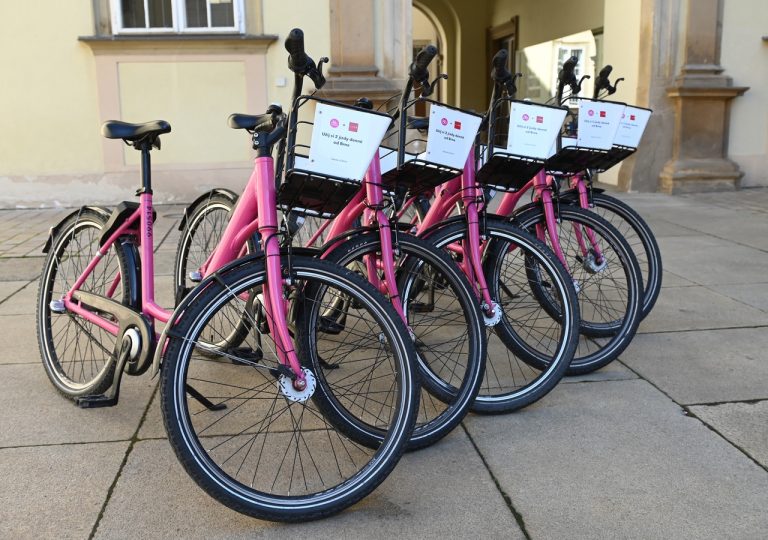The City of Brno has launched a new public survey about a hot topic: cycling infrastructure. Which places do people consider to be the least safe, and where do they feel comfortable riding? Do they use bicycles to go to work or mainly for recreation? And do they change their habits according to the weather or the season? The survey, which is open until 5 May on the Dame na vas website, will help the council create a new urban cycling strategy.
The questionnaire is open to all, though it is only available in Czech. It is not necessary to have permanent residence in Brno or an account with Brno iD, or even to be a cyclist, as the new cycling strategy should also help address the concerns and obstacles felt by other road users.
“We realise that the conditions for cycling in Brno are not ideal,” said Brno City Councillor for Transport Petr Kratochvíl. “Although it is possible to introduce some new cycling measures every year, we would like to move towards a situation in which cycling is safe and accessible to everyone, either because it is an environmentally friendly mode of transport, because it helps to relieve roads overloaded with individual car traffic, or because by cycling we improve our own physical condition and health. We are therefore starting the preparation of a new Cycling Strategy for the City of Brno, which sets out in detail how to create a safer and more pleasant environment for cycling.”
The questionnaire is open until 5 May 2024, and will take at least 15 minutes to complete, depending on the thoroughness and breadth of the answers. Feeling maps are also included, where it is possible to precisely mark places that the respondents consider to be notably safe or problematic for cycling. For this reason, respondents are advised to fill out the survey on a computer, where working with maps is clearer and more convenient.
“This is the first survey on a special newly established platform,” said Petr Bořecký, Brno city councillor for citizen participation. “This tool simply allows people to share their opinions and experiences with us. We can use the valuable data as a basis for the creation of various documents or feedback and evaluation of projects and their impact. At the same time, for us, it is a quick excursion into public opinion, although of course the survey cannot be confused with a representative sociological survey.”
The results of the survey will be presented in the summer.







